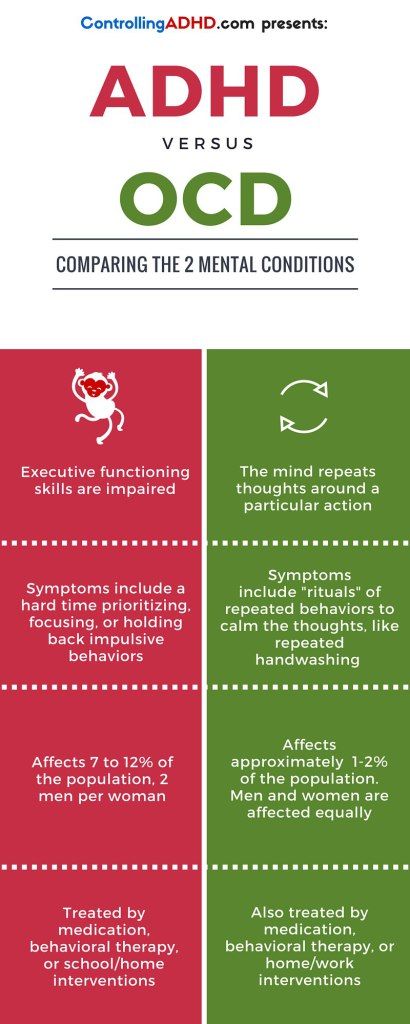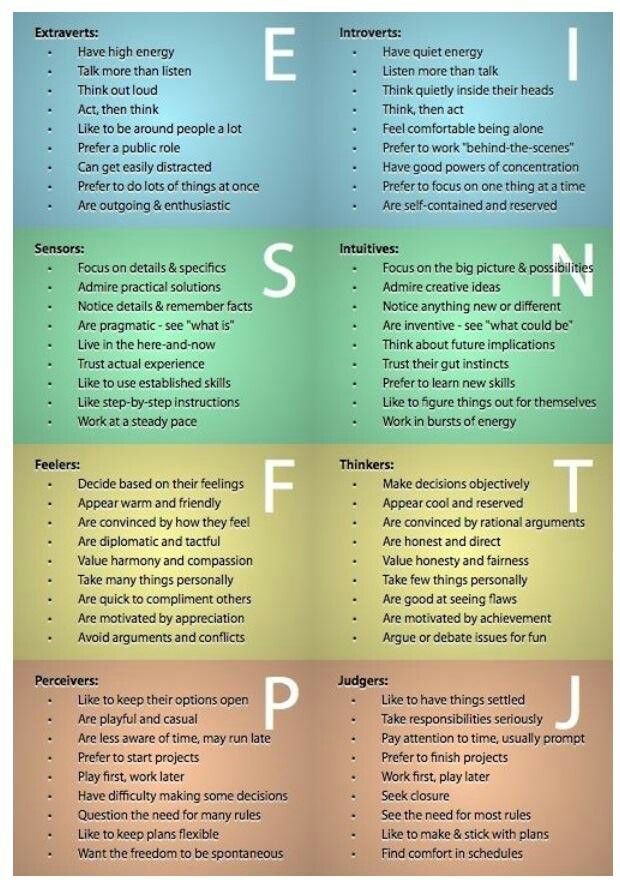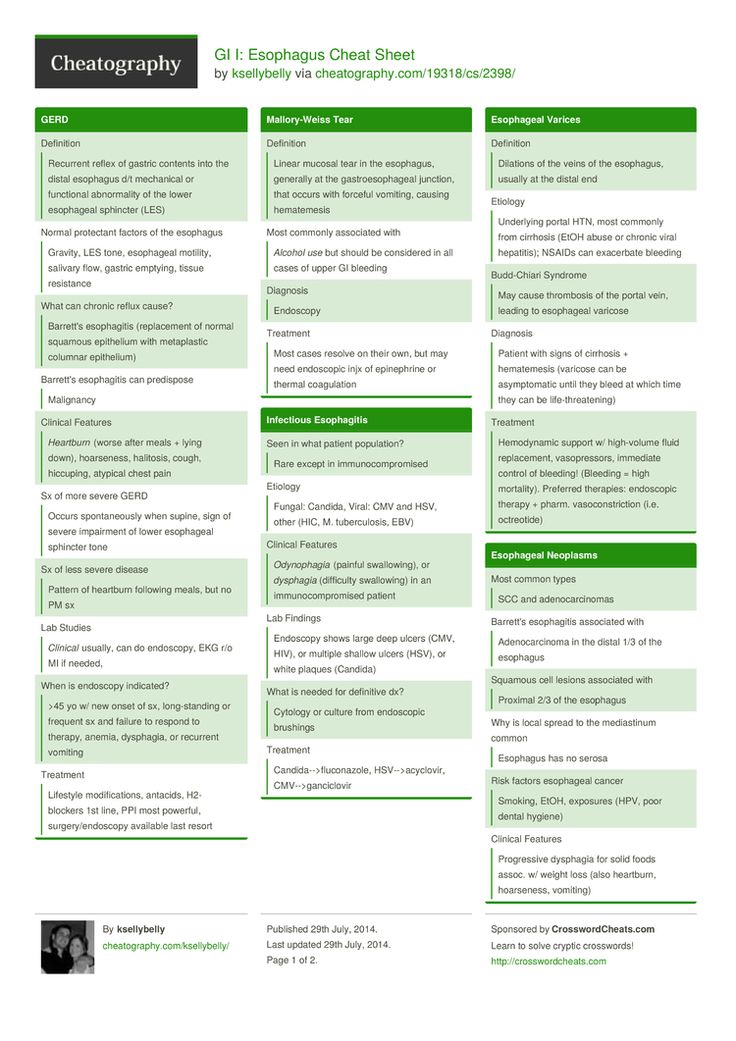Active listening phrases
6 Phrases That Demonstrate Active Listening
A few weeks ago, I had an alarming revelation: I'm a crappy listener.
That came to light when someone important to me pointed out that I don't seem to have any interest in what he does for work. “Your eyes just glaze over whenever I talk about my job,” he told me.
I couldn't deny that. And it wasn't limited to him -- whenever someone spoke to me about something that I found less than fascinating, I had a tendency to tune it out. In reality, I could learn to appreciate my friend's line of work, for example, if I learned to listen actively.
It's an imperative skill -- at work, and in your personal life. After all, if you’re never paying attention to what your boss, your significant other, or your kids are saying to you, how are they supposed to take you seriously? How can you expect them to come to you for advice, or with important information? When you don’t listen, you set the precedent that you can’t be trusted to absorb what matters to other people.
That’s why it’s imperative to learn how to listen actively. It’s one thing to sit and make eye contact with the person speaking to you. But are you really absorbing what they’re saying? And moreover, are you responding in a way that communicates that you’re actually listening -- and that you have something worthwhile to say in return?
There are a few key phrases out there to demonstrate that you’re listening actively. And it’s true -- you’re not going to care about every conversation that someone initiates with you. But even if the topic isn’t important to you, the person sharing it might be. Read on to learn how to pay better attention, and how to show that you’re doing so.
Listen to the audio version of this post:
What is Active Listening?
Active listening is a type of communication that requires conversational participants to fully focus on, comprehend, and answer what is being said to them.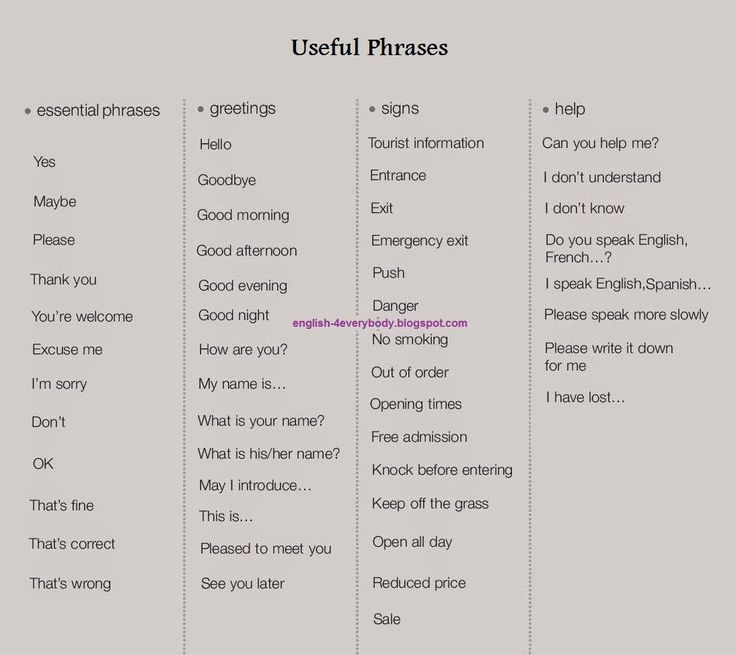 It can be applied at home and at work, and it's often used in management training, workforce development, and mediation.
It can be applied at home and at work, and it's often used in management training, workforce development, and mediation.
To fully understand how to be an active listener, let's take a closer look at how, biologically, we listen.
The Listening Process
To listen, according to Merriam-Webster, is “to hear what someone has said and understand that it is serious, important, or true.”
It’s that second part of the definition that stands out to me -- especially when it comes to active listening. It’s the genuine absorption of what someone is saying to us that reinforces and communicates how seriously we’re taking it, or appreciate its importance.
Of course, there are many reasons to listen. It helps us to satisfy different physiological goals. We listen to alter our moods, stay alert, and figure stuff out -- in humans, that’s been the case for pretty much as long as we’ve existed. The process starts when we receive auditory stimuli. Then, our brains have to interpret that stimulus. That's enhanced by other senses -- like sight -- which help us better interpret what we're hearing. That’s important. When someone is sharing information with us, our non-verbal reaction also communicates to that person how actively we’re listening.
That's enhanced by other senses -- like sight -- which help us better interpret what we're hearing. That’s important. When someone is sharing information with us, our non-verbal reaction also communicates to that person how actively we’re listening.
Once we receive and interpret auditory signals, we follow a series of steps that consist of recalling, evaluating, and responding to the information we consume:
Source: Matthew Edward Dyson
All three of those steps are imperative to active listening. Numerous studies have discovered how listening triggers a widespread network of activity throughout the entire brain -- and it’s why auditory stimuli are often strongly linked to memory.
When We Don't Listen
Of course, we have to be paying attention in order to be able to recall, evaluate, and respond to what someone tells us. And even if we are, how we respond can send a variety of signals back to our conversational counterpart. Statements like, “I see,” or, “Cool,” for example, aren’t exactly active phrases.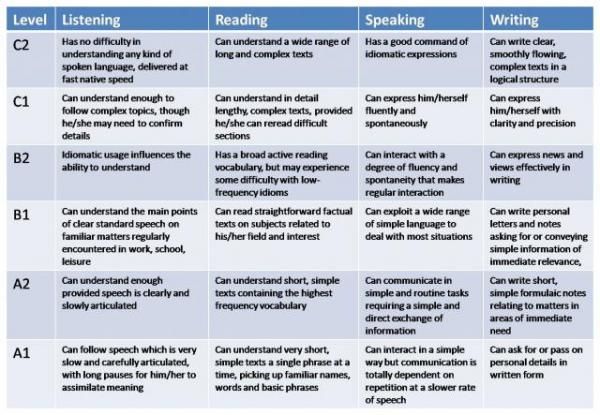 Rather, they exhibit a state of passive listening that communicates we hear the person, but probably don’t care.
Rather, they exhibit a state of passive listening that communicates we hear the person, but probably don’t care.
And that’s not how anyone -- let alone important people in your life, like your family or your boss -- wants to be treated. Even if your significant other is telling you about his day, responding with something like, “Mm-hmm” doesn’t exactly send the message that you have great concern for what’s being said.
And even then, our intentions might be good. According to a coaching presentation created by Viorica Milea, there are many non-malicious explanations behind why we don’t listen. These are things like distractions, which abound in today’s device-centric world, and our tendency to start thinking ahead while the person is still talking -- what Milea calls "judging," which happens when we've preemptively "made assumptions" about what the person is going to say.
The Mutual Benefit of Active Listening
That’s why active listening is good for both parties in a conversation.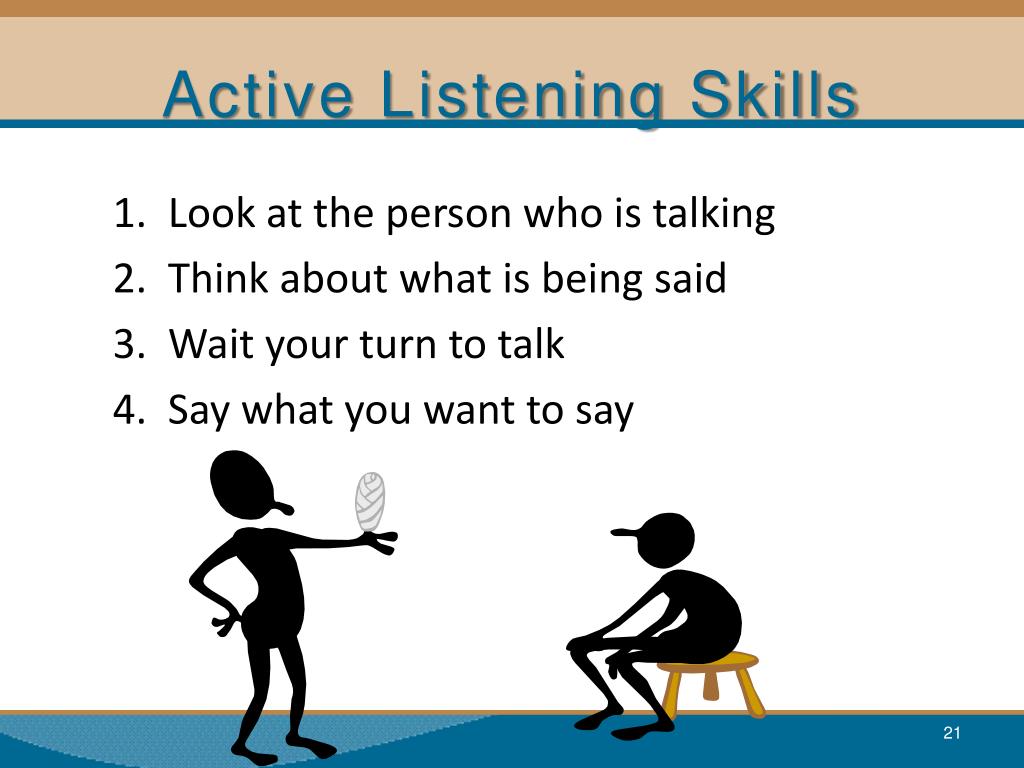 It benefits the person speaking by helping to ensure that she’s actually being heard. But it also benefits the listener -- learning to put distractions and preemptive judgments (well-intended or not) aside will not only prevent you from missing important details, but it will also help teach you how to tune out unnecessary interruptions while focusing on other important tasks.
It benefits the person speaking by helping to ensure that she’s actually being heard. But it also benefits the listener -- learning to put distractions and preemptive judgments (well-intended or not) aside will not only prevent you from missing important details, but it will also help teach you how to tune out unnecessary interruptions while focusing on other important tasks.
Practicing the incorporation of these phrases into conversations is a great way to get started. When someone is speaking to you, keep these in mind -- if you feel your attention start to drift, or a notification appears on your phone, or you begin thinking ahead, come back to your mental inventory of these phrases to demonstrate and execute active listening.
6 Phrases to Demonstrate Active Listening
1) “Do you mean … ?”
Why
Sometimes, it seems like life is one long game of "Telephone." Even if we interpreted something one way, the person who said it may have meant it completely differently.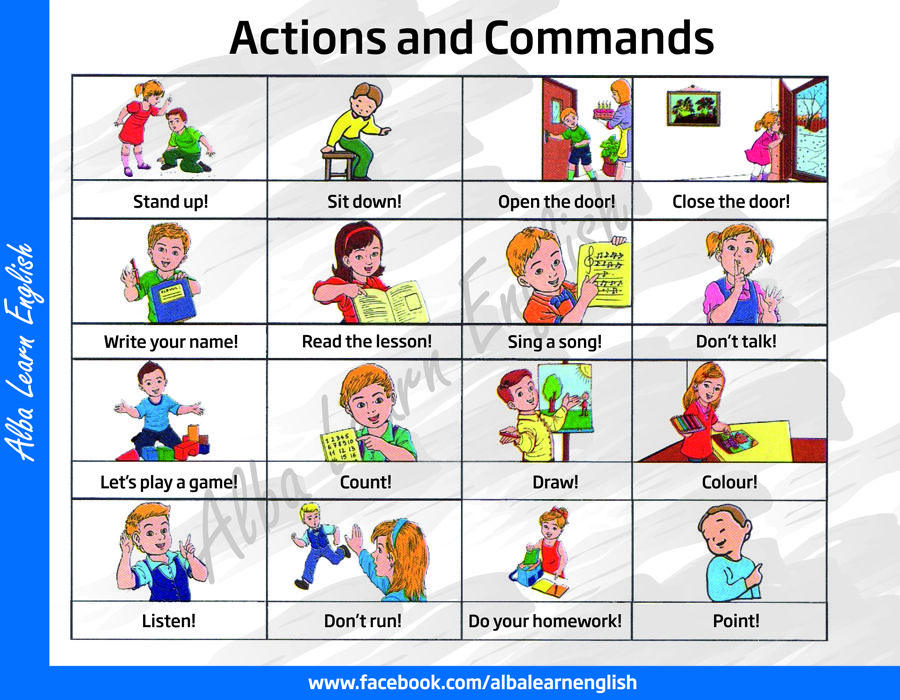
That’s why it’s important to make sure you’re getting the full story from the person you’re listening to, and understanding it correctly. By asking for clarification, you’re not only encouraging more details from someone who might be timid about bringing something up, but also, you’re making sure you actually heard a statement as it was intended.
Alternatives
- “I’m not sure I understand.”
- “Could you tell me a bit more about that?”
2) “It sounds like … ”
Why
This phrase is another one that helps to provide clarification by demonstrating your empathy. But be careful with this one, and make sure you’re not telling your counterpart how she feels, but rather, phrasing it as an expression of how you interpret her emotions.
I have a tough time admitting when I’m upset about something, especially in a professional setting. But my manager happens to excel at active listening and is very good at reading what I’m not saying in a conversation -- and responding in kind.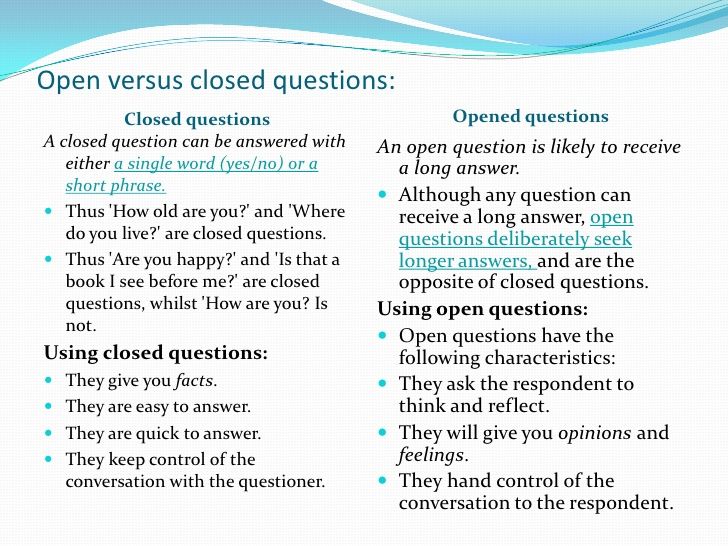 When I was disappointed about the outcome of a project, for example, I didn’t exactly say so, but she said, “It sounds like you’re feeling a little defeated.” I was, and having her say that to me out loud helped me take a proactive approach to the project moving forward.
When I was disappointed about the outcome of a project, for example, I didn’t exactly say so, but she said, “It sounds like you’re feeling a little defeated.” I was, and having her say that to me out loud helped me take a proactive approach to the project moving forward.
Alternatives
- “What I’m hearing is … "
- “You seem a bit … ”
3) “Really?”
Why
This phrase is one that Milea helps to demonstrate encouragement during a conversation. It reminds the person speaking that you’re paying attention by encouraging them to elaborate on something they’ve said to you.
Alternatives
- “When?”
- “How?”
- “You’re kidding.”
4) “I’ve noticed that … ”
Why
Here’s another term that shows how much attention you’re paying. By pointing out your observations about someone’s behavior or tendencies while she’s speaking, you’re not only fully absorbing her words -- you’re also taking the non-verbal communication into consideration.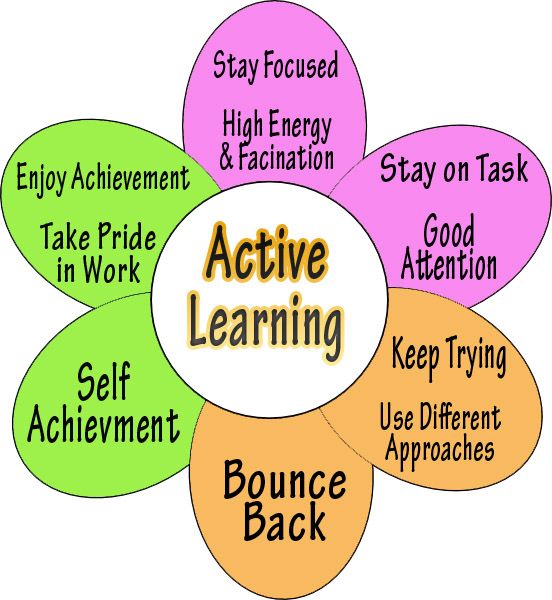
Instructors at the University of Central Florida use the example of, “I’ve just been noticing that when you talk about your conclusions, you smile. That makes me think you’re comfortable with the direction.” Making sure you know what someone means isn’t limited to the spoken word -- you want to clarify what nonverbal behavior could indicate, too.
5) “Let me make sure I’ve got this right.”
Why
Another method of active listening is checking in with your counterpart to summarize what you’ve heard them say thus far. By repeating back something to the person you’re listening to, you’re not only demonstrating that you’ve been paying attention, but also, you’re further ensuring that you understand what the person actually means, and that you heard her correctly.
Alternatives
- “These are the main points I’ve heard you make so far.”
- “Let’s make sure I’m hearing you correctly.”
- “Let’s pause to make sure we’re on the same page.”
6) “I’m sorry.
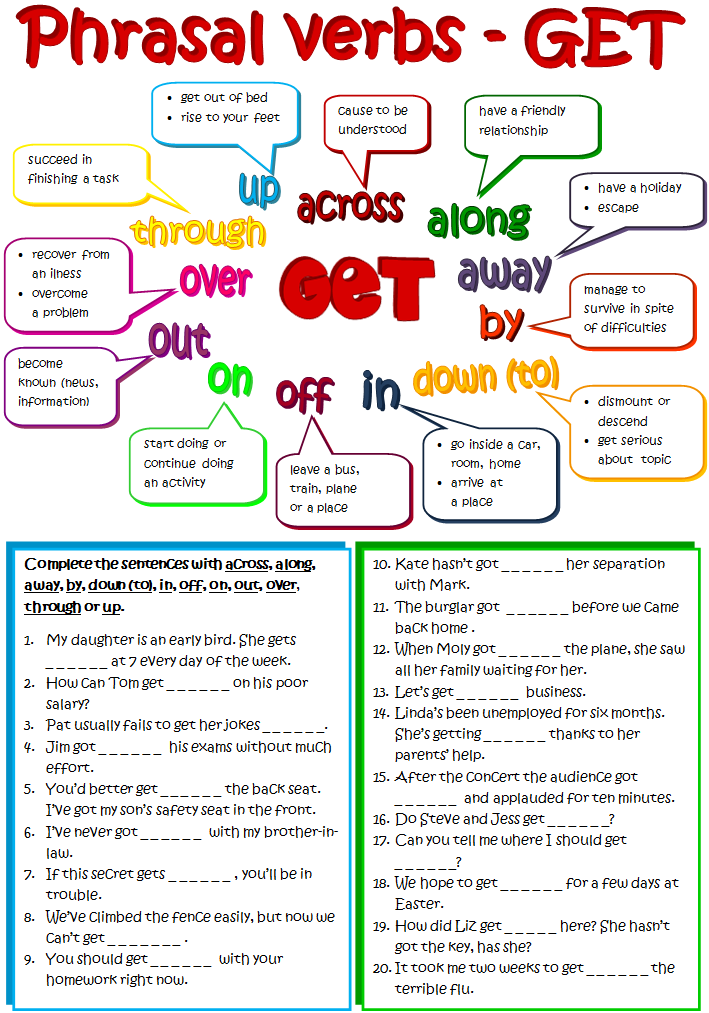 That really sucks.”
That really sucks.”Why
I joke about this one with my colleagues a lot. It goes back to the big idea of empathy and those occasions when, for just a moment, you want to have a pity party, rather than receiving proactive advice. Of course, you’re ready for that advice eventually, but not right away.
That’s why, when someone is sharing his frustrations with you, one of the most impactful things you can do is verbally acknowledge how crummy the situation is. Rather than invalidating the person’s emotions by immediately launching into suggestions for what she should do, you’re pausing to provide empathy, and to allow the person to work through what’s bothering him.
Alternatives
- “I’m sorry you’re going through that.”
- “What a crappy situation to be in. I’m sorry.”
- “That’s rough. How can I help?”
Listen Carefully
We get it. You’ve got enough on your plate. There’s always a deadline, and there’s always somewhere you need to be.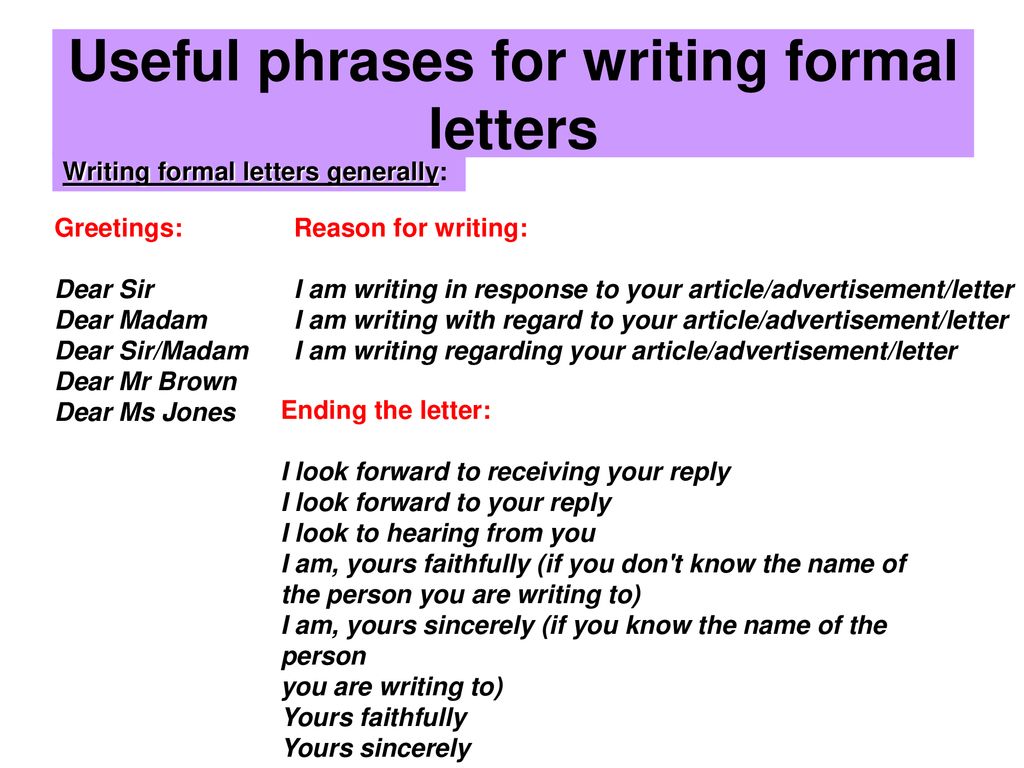 It can be hard to genuinely pay attention, especially when you’ve got a long to-do list that’s occupying your mental energy.
It can be hard to genuinely pay attention, especially when you’ve got a long to-do list that’s occupying your mental energy.
But as we’ve mentioned, active listening doesn’t just benefit your conversational counterpart -- you also stand to gain from it. From making sure you don’t miss important details, to exercising focus for any important task, putting these phrases into practice can help you become a proactive, empathetic listener.
Originally published Oct 1, 2017 11:58:00 PM, updated October 29 2019
Don't forget to share this post!
5 Essential Phrases for Reflective Listening — How Communication Works
>>> Click here to jump to the video
Listening is a skill, but many of us do it poorly.
If we can learn to do it better, it can produce dramatic improvements in our lives.
I am going to teach you five stock phrases I use when I do reflective listening, active listening, or looping back.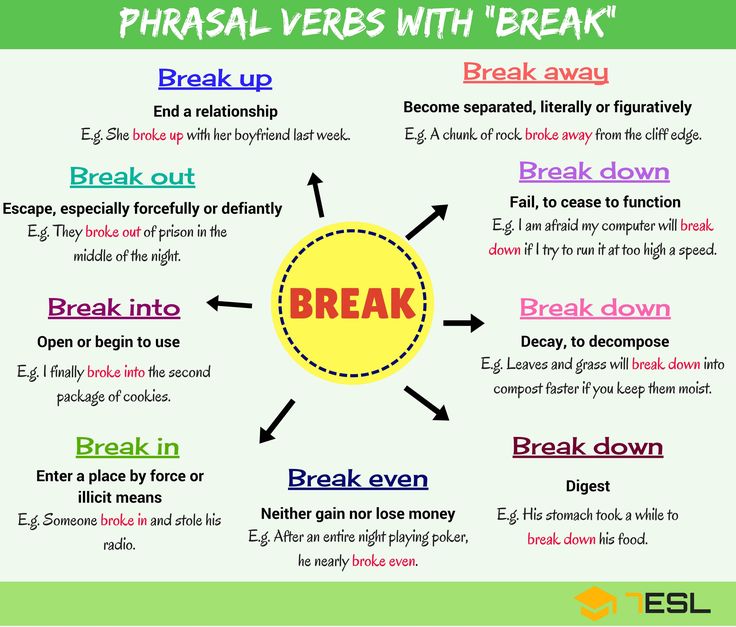
It goes by a bunch of different names, but it's the same basic skill.
Reflective Listening
Listening is one of the great, unheralded skills in communication.
Most of us think about communication as being about talking and how we say things, or about being articulate, creative, thoughtful, funny, charismatic, and so on.
But I find, especially the last 10 years of my life or so, that the most important skill is listening, but listening does involve actually talking in certain ways.
So I want to teach you about one particular listening skill called reflective listening, or active listening, or sometimes looping back.
Reflective listening involves basically repeating what someone has just said in order to confirm that you've understood it, to show that you're paying attention, and to give people an opportunity to elaborate on their feelings.
If you remember my previous video on empathic listening (video links in video description), that video talked about how one way to help people feel comforted when they're emotionally upset is to give them an opportunity to elaborate on their feelings.
Reflective listening gives people an opportunity to do that.
It's an incredibly powerful skill, and I strongly recommend you take some time to use it. I'm going to give you these five phrases that I use when I do reflective listening.
I first want to give you a caution, and the caution is that this is a kind of technique. Sometimes we think techniques are gimmicks or devices or mirror techniques and that when we use them, we're being insincere or inauthentic. I think that's a real risk.
If you use these things without an authentic desire to listen to people, to care about them, to be kind to them, and to show concern and empathy to them, if that authentic feeling isn't there inside of you, then I think these skills can come across as gimmicks and techniques. People might even call you on them and say, "Oh, don't use that BS psychobabble on me."
But what I find much more common is that when I enter an interaction authentically, with the sincere intention to listen to somebody, to help, and to understand what they're saying, then I can use these phrases and people don't even notice them.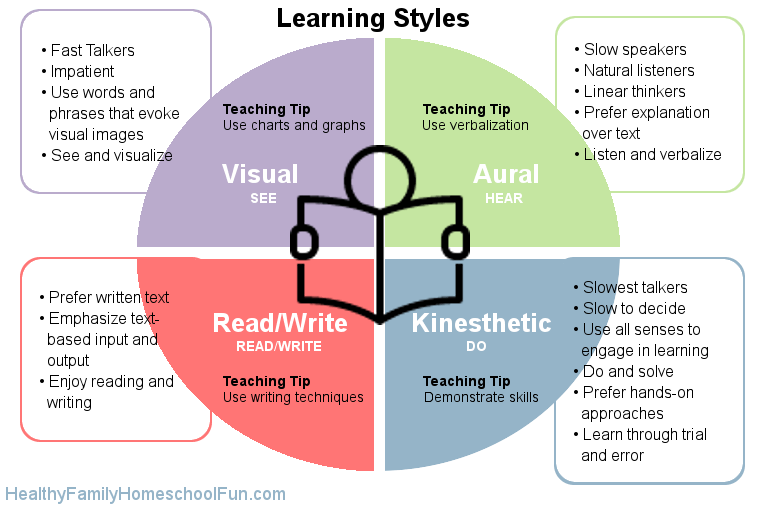
They certainly don't notice I'm using any technique. And I don't even notice I'm using a technique anymore, because I've incorporated this so much into my own personal style.
I do worry that some of my friends and family will watch this video or read this post and notice that I've been using these phrases with them, and maybe they'll think I'm being inauthentic, but that's not the case. This is just the way I communicate now. So let's go over these five phrases I use when I do reflective listening.
5 Phrases to Use in Reflective Listening
1. “You are …”
Let's imagine the scenario we're talking about is a person who's angry with us because we've showed up late for a date or a meeting. We start talking to them and they're really angry.
So I just say, "You're angry. You're angry with me for showing up to this meeting late. You think that I'm being disrespectful to you by showing up late to this appointment.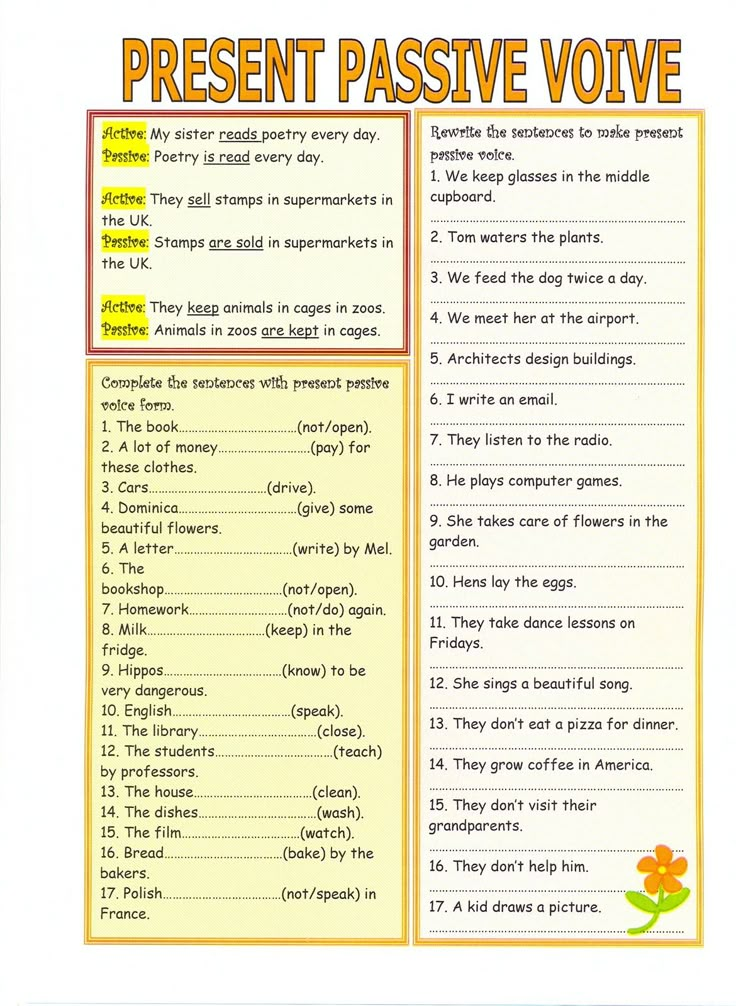 "
"
I just say, "You are," and then I insert whatever I'm observing.
Notice that these phrases aren't really the key to empathic listening. The key is focusing on what other people are saying or feeling. Then we fill in the blank in these phrases.
These phrases are just a template to insert your observations. The much more fundamental skill is being observant, paying attention to people's nonverbal behavior and the context so that we know what they're feeling.
But as we're trying to determine what they mean and what they're feeling, we can use these phrases to allow them to elaborate on their feelings. So someone starts to get angry with me, and one of the things I might say is, "You're really angry with me." So, “You are,” and then fill in the blank.
2. “It sounds like…“
I might say, "It sounds like you're really upset with me for showing up to this meeting late. It sounds like you think I'm being disrespectful to you for coming to our meeting late. "
"
So, “It sounds like,” and then insert your observations.
3. “It seems like…“
This phrase is very closely related to number 2. I didn't promise you these would all be completely unique, but these are the phrases that I use, and you can alternate them so they don't start to sound like a gimmick.
You observe their behavior and say, "It seems like you're really frustrated with me for showing up to this meeting late. It seems like your perception is that I constantly come to these appointments late, and that maybe this shows some disrespect for you or that I don't care."
So I just say, "It seems like," and then I insert my observation.
4. “What I'm hearing is…"
“What I'm hearing is a lot of anger at me for coming late to our date. What I'm hearing is frustration. What I'm hearing is sadness."
So, “What I'm hearing is,” and then insert the observation. Then be quiet and listen to the remainder of what people are saying.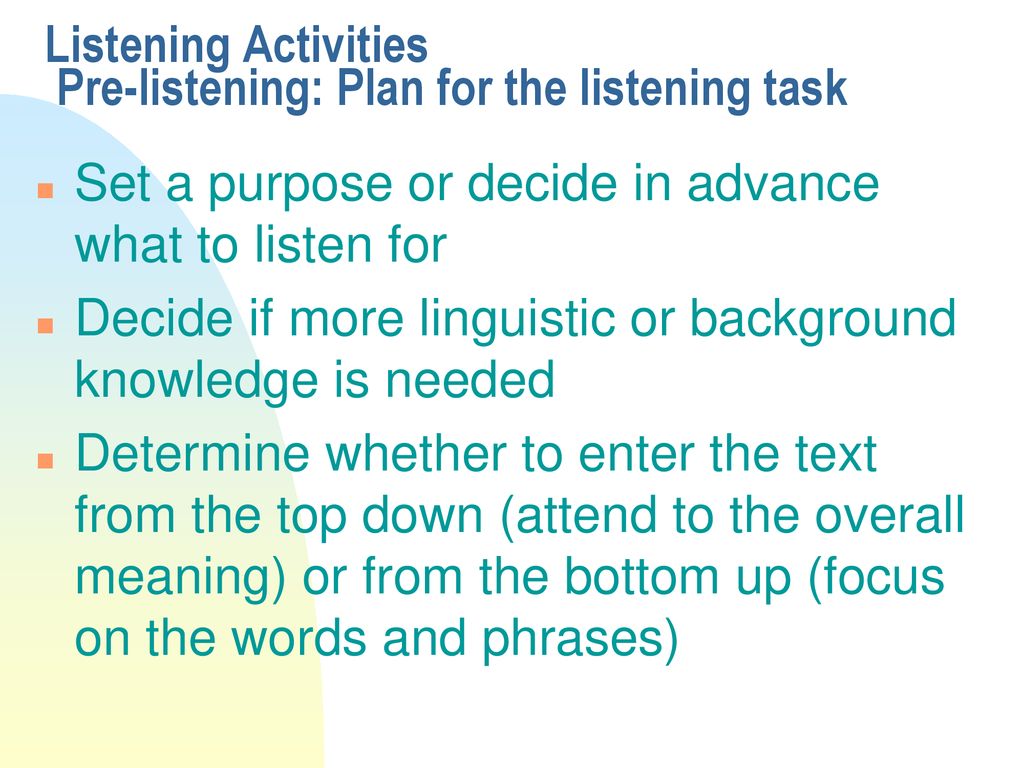 That's actually a key to listening, as well.
That's actually a key to listening, as well.
5. “You seem to be saying…”
"You seem to be saying that when I show up late to these dates, that it gets you really angry." Or, "You seem to be saying that if I am not always on time, that it reflects disrespect to you and to our meetings. You seem to be saying that my coming late reflects badly on me as a person or on my character."
So, “You seem to be saying,” and then insert the observation.
Summary
So that's it. Those are five phrases that I frequently use when I'm trying to listen carefully to people and demonstrate to them that I'm listening to them and I'm trying to give them an opportunity to elaborate on how they're feeling. I do this so I can understand their feelings, intentions, thoughts and beliefs, and so that I can do a better job listening so that I can do a better job communicating.
These are, in my experience, incredibly powerful techniques.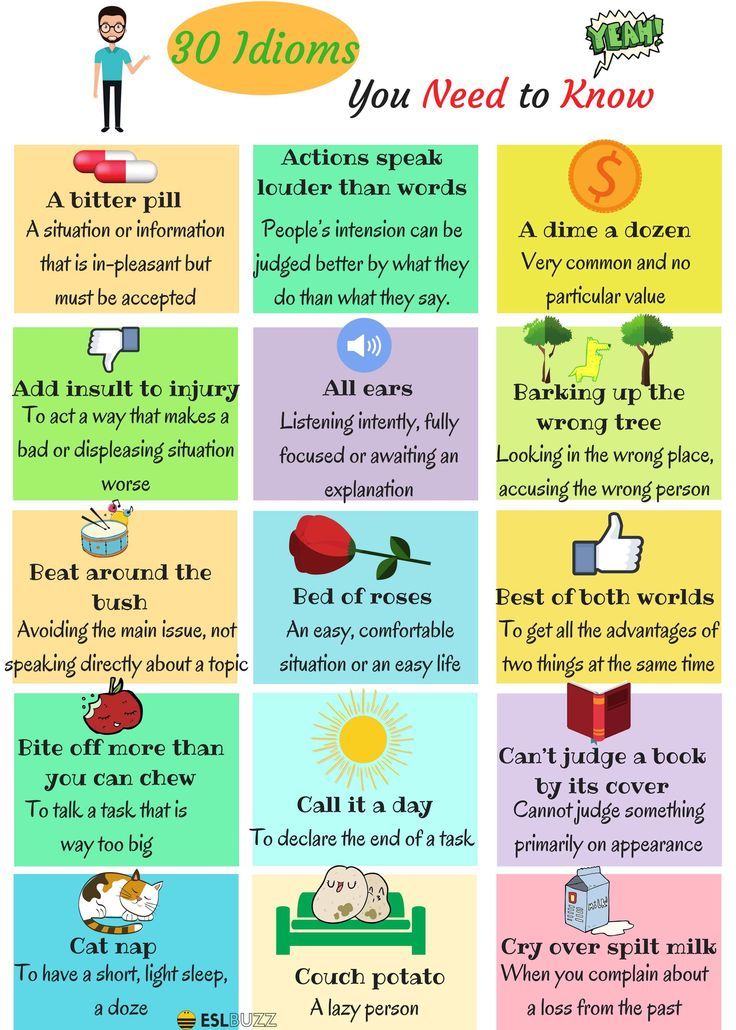
They must be used with an authentic intention or else they might come across as gimmicks. But if you use these phrases sincerely and with an authentic intention to be kind and helpful, I think you'll find it can transform your relationships and dramatically improve your skills as a listener.
Active Listening Techniques: Techniques and Methods
Probably, everyone has had situations in their life when you informed a person about something important, significant for you, and realized that they did not hear you, they did not listen. Why? A person sits opposite, looks at you, and you get the impression that he seems to be “not here”. Remember your state, your feelings at the same time. Most likely, you lost all desire not only to share something with him, but also to speak in general. And in my heart there was a state of depression and discomfort. This is because we do not always know how to listen. What then is listening really and why is it necessary at all?
Listening is a process during which invisible connections are established between people, a feeling of mutual understanding arises, which makes the communication process more effective.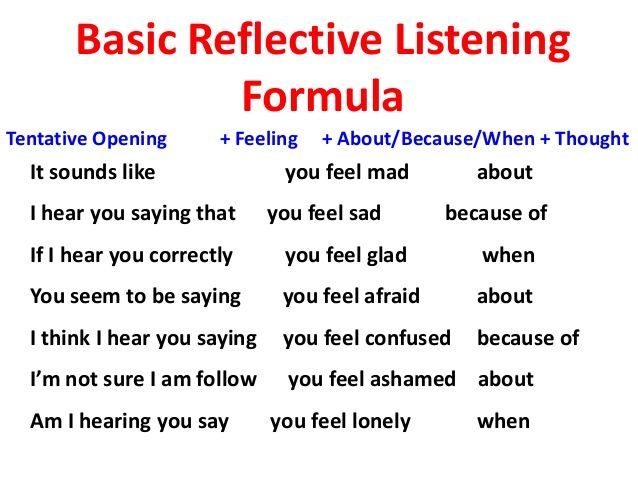
Listening can be passive or active.
With passive listening it is difficult for us to understand whether the interlocutor perceives our speech. At the same time, there are no mimic or physical reactions to the information received. It seems that the interlocutor only looks at us, but thinks about his own. The feeling of not being included in the process.
Active listening helps to understand, evaluate and remember the information received from the interlocutor. In addition, the use of active listening techniques can encourage the interlocutor to respond, direct the conversation in the right direction and contribute to a better understanding and correct interpretation of the information received from the interlocutor during your communication. This is especially important when negotiating and communicating with victims in the emergency zone.
According to one very common myth, the ability to listen is a skill that, like the skill of breathing, a person receives at birth and then uses throughout his life.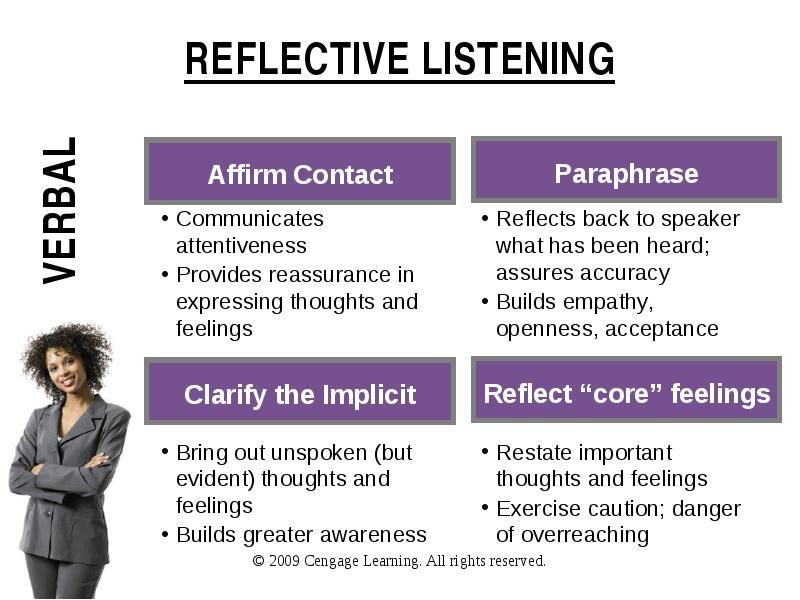 This is not true. Active listening can be learned, and the ability to listen is a more useful skill than the ability to speak eloquently and persuasively. If you skillfully ask questions, but do not know how to listen to the answers, then the price of such communication is small.
This is not true. Active listening can be learned, and the ability to listen is a more useful skill than the ability to speak eloquently and persuasively. If you skillfully ask questions, but do not know how to listen to the answers, then the price of such communication is small.
CONCLUSION: Thus, we can say with confidence that the ability to hear and be heard is important not only in our everyday life, but also directly in our work. For example, in the shortest possible time of dialogue with the victims, collect the most significant information for us (including information about the whereabouts of other victims). And this skill needs to be developed.
The process of listening itself is of two kinds: passive and active. With passive listening, it is difficult for the interlocutor to understand whether you hear him or not, since this type implies dim, meager emotions, which means little involvement in the communication process. The active listening method appeared as a communication technology as a result of analyzing the behavior of people who have the ability to achieve the desired results from the interlocutor in the course of a conversation.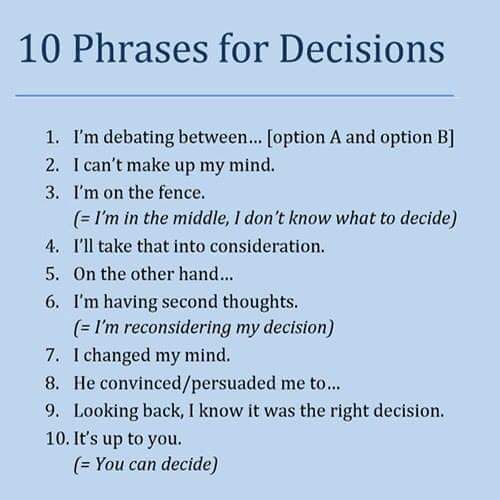 For example, in order to correctly understand the information told to you, quickly isolate what you need from the conversation, and also be able to be a grateful listener with whom you want to communicate. When working with victims, these skills are especially important. Any information coming from the victim can significantly reduce the time to search for the rest (in the case of working with an eyewitness of the incident), as well as understand the feelings, anxieties and fears of a person with subsequent prediction of the dynamics of his condition (possible occurrence of acute stress reactions, or a high probability of the formation of an active crowds).
For example, in order to correctly understand the information told to you, quickly isolate what you need from the conversation, and also be able to be a grateful listener with whom you want to communicate. When working with victims, these skills are especially important. Any information coming from the victim can significantly reduce the time to search for the rest (in the case of working with an eyewitness of the incident), as well as understand the feelings, anxieties and fears of a person with subsequent prediction of the dynamics of his condition (possible occurrence of acute stress reactions, or a high probability of the formation of an active crowds).
There are several active listening techniques that you can use to show that you are interested and involved in the conversation with the survivor.
Active listening is a process during which the listener not only receives information from the interlocutor, but also actively shows understanding of this information.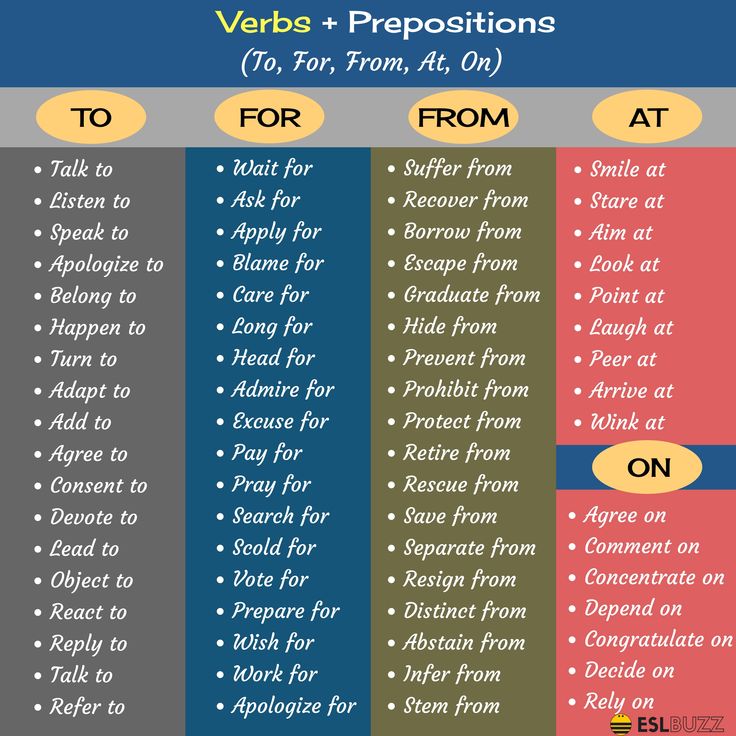 Sometimes you can also call it a type of active listening.
Sometimes you can also call it a type of active listening.
- Echo technique is the repetition of individual words or phrases of the client without any changes.
- Clarification — not always in a story a person describes all the details of events or experiences. Ask to clarify everything, even the smallest details.
- Pauses - when the person finishes speaking, pause. It gives the opportunity to think, comprehend, realize, add something to the story.
- Communication of perception - in other words, this is an opportunity to tell the interlocutor that you understood what he said to you, his emotions and state. “I understand how upset and hurt you are now. I want to cry and be pitied."
- Thought development - an attempt to pick up and move forward the course of the main idea or thought of the interlocutor.
- Perception report - The listener reports to his interlocutor what impression he made during the communication.
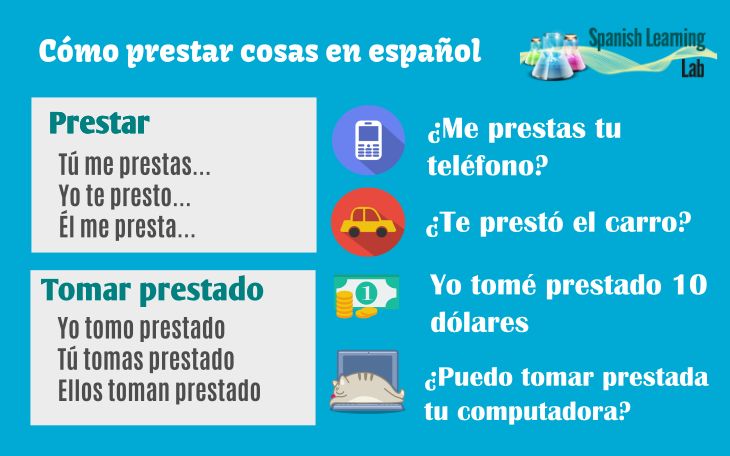 For example, "You are talking about things that are very important to you"
For example, "You are talking about things that are very important to you" - Reflection of feelings - expression of the interlocutor's emotional position based on the listener's observations not only of what the communicator says, but also of what his body expresses "I see that you care about this ..."
- Self-perception report - the listener reports to his interlocutor how his state has changed as a result of hearing "Your words hurt me"
- Remarks on the course of the conversation - the participant reports how the conversations as a whole can be understood. “Look, we have reached a common understanding of the problem”
- Summing up - conducting intermediate results of what the interlocutor said during his monologue “So, we discussed the following: testing fire pumps ...”
Active listening techniques in the table
| Active Listening
|
Target |
Features
|
| yup | make it clear to the interlocutor that they are listening
| head nods "yes", "uh-huh", "yeah" |
| pause | help the interlocutor gather his thoughts and speak out to the end
| well-timed silence |
| closed questions | obtaining consent or confirmation of an earlier agreement
| yes or no questions |
| open questions
| receiving as much information from the interlocutor as possible | questions: “how”, “what”, “when”, etc.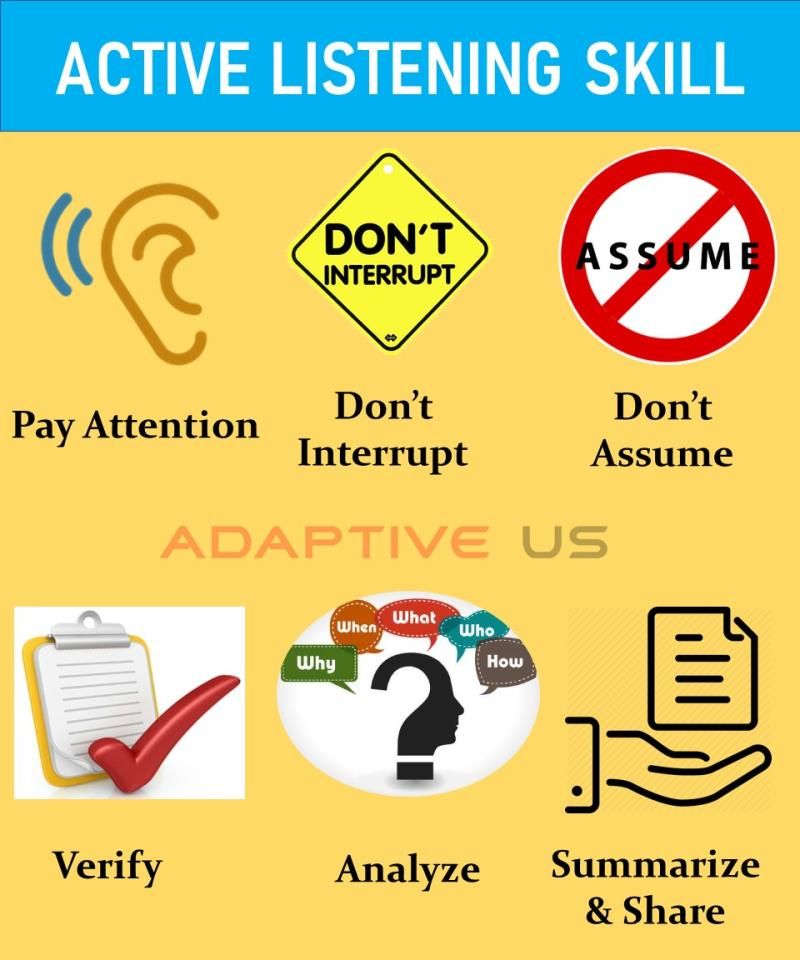 |
| paraphrasing | enable the speaker to see that he is understood correctly | phrases: "in other words..." "if I understand you correctly, then..." |
| summary | highlighting the main idea (without accompanying emotions) from what the interlocutor has already said
| phrases: "thus..." "to summarize what has been said, then..." |
- "Uh-huh" - assent.
This is the simplest active listening technique. Any person uses it almost intuitively. During a conversation, it is recommended to periodically nod your head, say “yes”, “uh-huh”, “yeah”, etc. By doing this, you let the interlocutor know that you are listening to him and are interested in him. For example, when you talk about something on the phone, the use of such techniques by the interlocutor let you know that you are being listened to.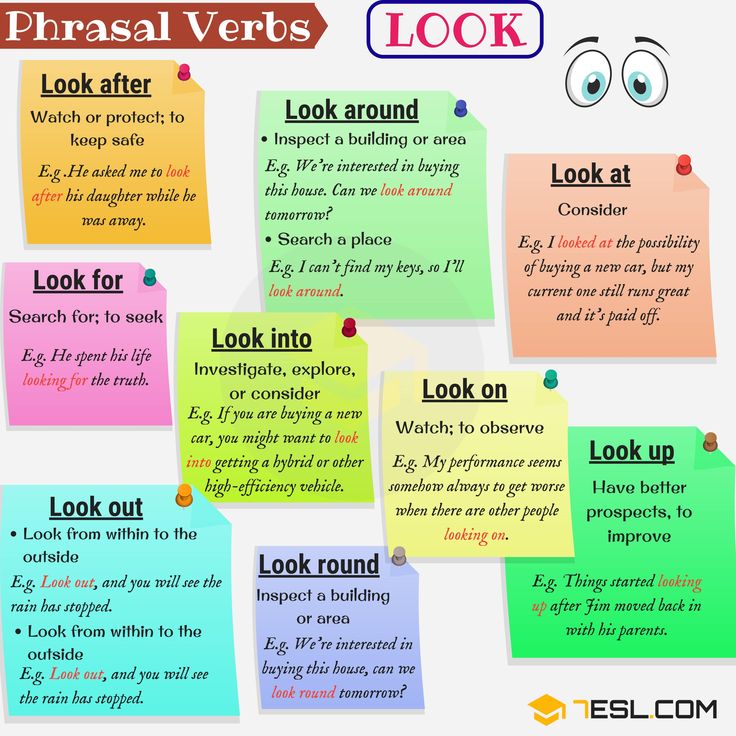 Silence, throughout the story, would make you doubt that your partner is interested in your information.
Silence, throughout the story, would make you doubt that your partner is interested in your information.
- Pause.
It is necessary in a conversation in order to help the interlocutor speak out to the end. Firstly, a person often needs time to formulate his thoughts and feelings, and secondly, pauses free the conversation from unnecessary and unnecessary information. For example, when telling a story, a person is likely to imagine it. And, in order to translate the figurative representation into a verbal story, it is necessary to choose the right words. And pauses here are a necessary means of "transformation" of the image into a word.
- Features of asking questions.
There are two types of questions: closed questions and open questions.
Closed questions are appropriate not when you want to get as much information from the interlocutor as possible, but when you need to speed up obtaining consent or confirmation of an earlier agreement, confirm or refute your assumptions. Questions of this type imply answers: "yes" or "no". For example, you can cite such questions: “Have you eaten today?”, “Are you healthy?”, “Have you been here long?” "Were you alone?" etc.
Questions of this type imply answers: "yes" or "no". For example, you can cite such questions: “Have you eaten today?”, “Are you healthy?”, “Have you been here long?” "Were you alone?" etc.
Open-ended questions are characterized by the fact that they cannot be answered "yes" or "no". They require some kind of explanation. Usually they begin with the words: “what”, “who”, “how”, “how much”, “why”, “what is your opinion”. With questions of this type, you allow the interlocutor to maneuver, and the conversation - to move from a monologue to a dialogue. These types of questions may include the following: “What did you eat today?”, “How do you feel?”, “How long have you been here?”.
- Paraphrasing.
This is the formulation of the same idea, but in different words. Paraphrasing enables the speaker to see that they are being understood correctly. And if not, he has the opportunity to make adjustments in time. When paraphrasing, focus on the meaning and content of the message, and not on the emotions that accompany it.
When paraphrasing, focus on the meaning and content of the message, and not on the emotions that accompany it.
Paraphrasing can be started with the following phrases:
– “If I understand you correctly, then…”;
- "Correct me if I'm wrong, but you say that...";
– “In other words, do you think that…”;
This technique is appropriate when the speaker has logically completed one of the fragments of the story and is gathering his thoughts to continue. Do not interrupt him until the fragment of the story is finished.
For example, your interlocutor tells that one day he came home tired, put down his briefcase and took off his shoes, and when he went into the room, he saw a pot of flowers there, broken and lying on the floor, and his beloved cat was sitting next to him, but he decided not to punish her, although he was very upset. In this case, the paraphrasing technique can be used like this: if I understood you correctly, then when you came home, you saw a broken pot of flowers and your cat next to you.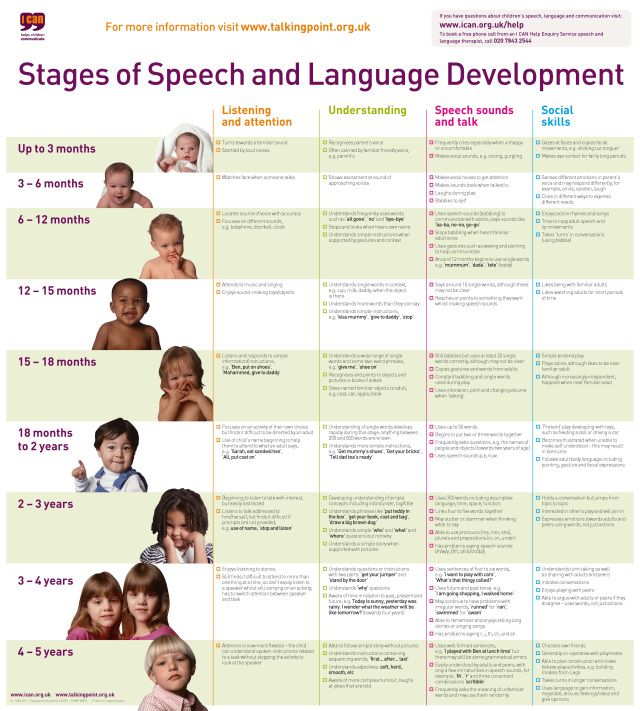 But, despite the fact that you were upset by what you saw, you decided not to punish your pet.
But, despite the fact that you were upset by what you saw, you decided not to punish your pet.
- Summary.
This technique summarizes the main ideas and feelings. This is, as it were, a conclusion from everything that has already been said by man. The summarizing phrase is the speech of the interlocutor in a "curtailed" form. This technique of active listening is fundamentally different from paraphrasing, the essence of which, as you remember, is to repeat the opponent’s thoughts, but in your own words (which shows the interlocutor our attention and understanding). When summarizing, only the main idea stands out from the whole part of the conversation, for which phrases such as:
- "Your main idea, as I understand it, is that ...";
- "To summarize what has been said, then ...".
For example, your boss told you that “due to the fact that relations with colleagues from Italy have become tense and may threaten a conflict, you need to go on a business trip to negotiate, establish relations with them and try to conclude a contract. ” Here, the summary technique would sound like this: “to summarize what has been said, you are asking me to go to Italy in order to establish contact with colleagues and conclude an agreement with them.”
” Here, the summary technique would sound like this: “to summarize what has been said, you are asking me to go to Italy in order to establish contact with colleagues and conclude an agreement with them.”
METHODOLOGICAL RECOMMENDATIONS : here it is recommended to conduct an exercise aimed at working out the received material.
The group is divided into threes. The first person in the trio tells the story, the second person listens using active listening techniques, the third person observes and gives feedback on how it looked from the outside. At the end of the work, each of the three parties shares their feelings. After all the triplets have finished the exercise, a group discussion is held.
– Was it hard to listen to? Why? What hindered?
– Was it easy, was it pleasant to tell?
- What tricks did you use to show the speaker that you were listening and understanding?
-Which of the tricks was especially difficult for you?
– Did the speaker have a feeling of being “heard”?
- Rapport (stress on the second syllable).
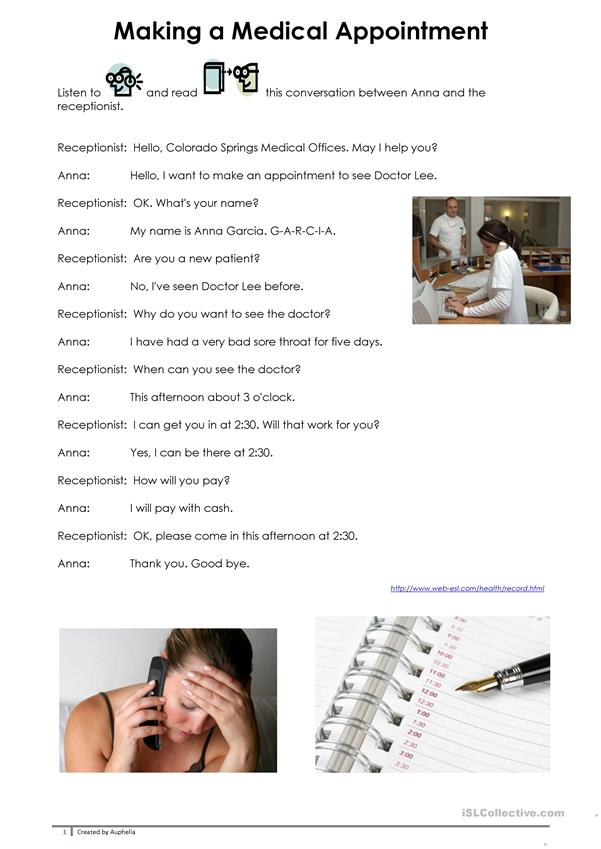
Rapport includes "attaching" to a person through certain "channels": by intonation, by the rate of speech and by breathing.
- joining by intonation;
The same words, pronounced with different intonations, can convey different meanings, up to the opposite ones. Even the simplest word "yes" with different intonation can carry a denial. Intonation is able to convey deep emotions (sadness, pity, tender feelings, etc.) and various states (indifference, curiosity, peace, anger, anxiety, etc.). Therefore, in order to be understood correctly, it is very important to keep track of your own intonation.
For example, the phrase "I'm glad to see you" may have different meanings with different intonation. In one case, we understand that the person is sincerely glad to see us, and in the other, that this phrase was said only out of politeness.
When communicating with the victim, joining by intonation sometimes gives a colossal result, it is as if he and you are identified, an impression is created of kinship, similarity, understanding of the state of the victim, which greatly facilitates further interaction with him.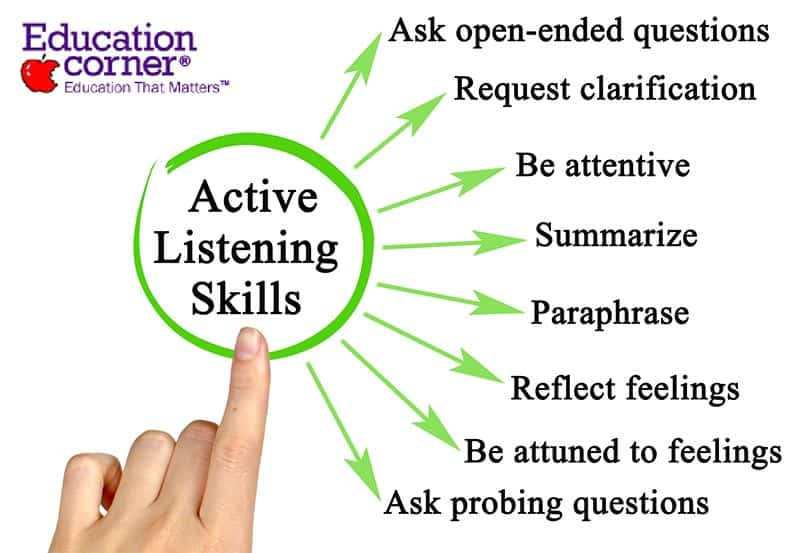
- joining according to the rate of speech;
The pace includes the speed of speech in general, the duration of the sound of individual words and pauses.
Too fast speech may indicate excitement and high internal tension, even some kind of nervousness. Too slow and sluggish speech may indicate a depressive, apathetic state of a person. But in order to determine what state our interlocutor actually prevails at the moment, this factor alone is not enough, since for some people, due to temperament, a fast or slow pace of speech is everyday. If the speech of the victim is very fast, we can gradually, slowing down our pace, somewhat reduce the nervousness and internal tension of the opponent.
- breathing connection.
“Joining” the interlocutor’s breathing, on the one hand, it is much easier to talk at the same pace with the interlocutor (since the rate of speech depends on the breath), and on the other hand, it becomes possible to change his emotional state by changing both the pace and his breath.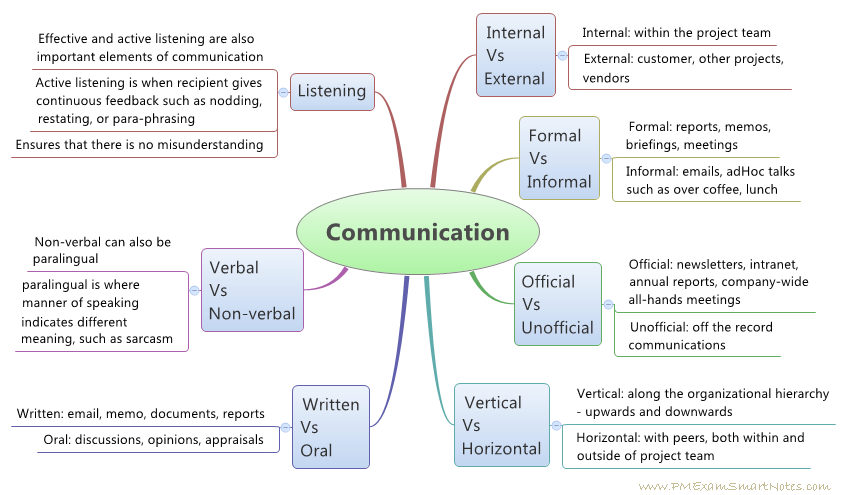 For example, an angry friend who is outraged by something bursts in on you. His speech is fast, his breathing is rapid. And in this situation, in order to get the feeling that you hear a person and understand his feelings, it is necessary, having joined him both emotionally and by the frequency of breathing, to conduct a dialogue with him. After you understand that the interaction has occurred, you need to reduce the frequency of your breathing and reduce the emotional background of speech. After a while, you will see that your interlocutor is talking to you in the same mode.
For example, an angry friend who is outraged by something bursts in on you. His speech is fast, his breathing is rapid. And in this situation, in order to get the feeling that you hear a person and understand his feelings, it is necessary, having joined him both emotionally and by the frequency of breathing, to conduct a dialogue with him. After you understand that the interaction has occurred, you need to reduce the frequency of your breathing and reduce the emotional background of speech. After a while, you will see that your interlocutor is talking to you in the same mode.
- Reflection of feelings, empathy.
The concept of "empathy" means the ability of a person to experience those emotions that arise in another person in the process of communicating with him. This is the ability to imagine yourself in the place of another and understand his feelings, desires, ideas and actions.
To establish effective interaction, it is necessary to use the technique of "reflection of feelings", and then the conversation becomes more sincere, a feeling of understanding and empathy is created, and the interlocutor has a desire to continue contact.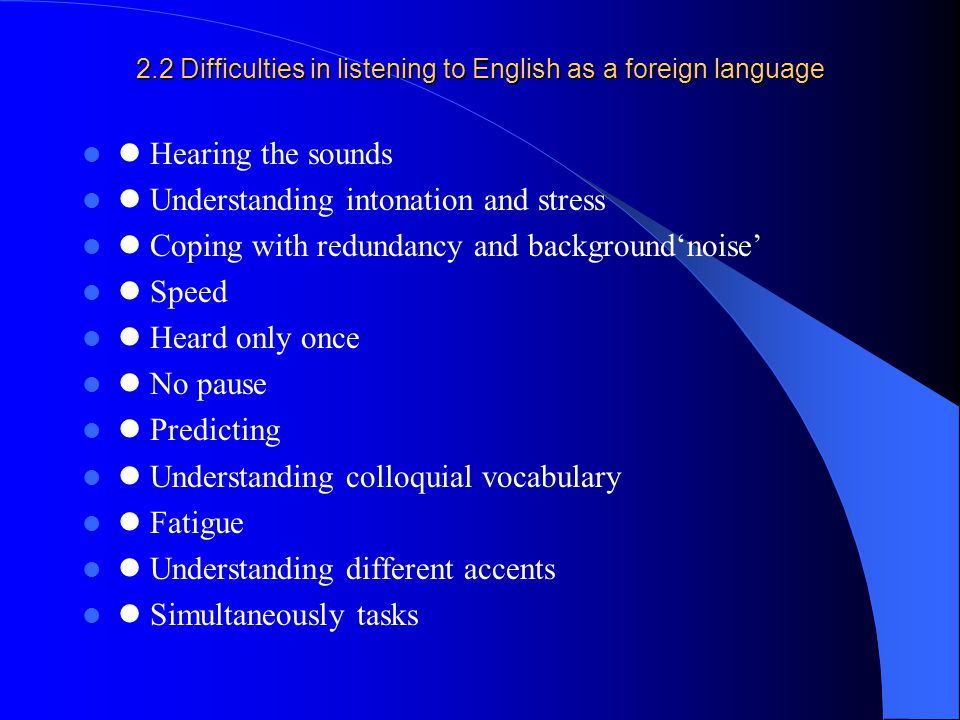 The technique of "reflection of feelings" includes two directions:
The technique of "reflection of feelings" includes two directions:
- a reflection of the feelings of the interlocutor.
When you name the feelings that a person is experiencing, understand him and “fall into” his feelings, your interlocutor feels a “kinship of souls”, begins to trust you more and communication moves to a qualitatively new level.
- reflection of one's feelings;
Talking about your feelings can solve several problems at once. First, negative feelings and experiences can be significantly reduced by the very fact that these feelings are voiced. Secondly, the conversation itself becomes more sincere. And, thirdly, it encourages the interlocutor to openly express his feelings.
In the process of listening, it is important not to forget about the vocal characteristics of a person who experiences a state of anxiety or nervous tension during a conversation.
Such characteristics can be:
- unexpected spasms of the voice - which may indicate internal tension;
- frequent coughing - can tell us about deceit, self-doubt, anxiety.
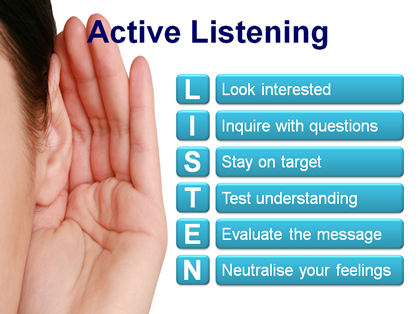 But we must not forget that coughing can be the result of respiratory diseases, such as bronchitis;
But we must not forget that coughing can be the result of respiratory diseases, such as bronchitis; - sudden laughter inappropriate to the moment - can characterize tension, lack of control over what is happening.
All these features, of course, must be taken into account in a conversation, but do not forget that each person and his reaction is individual and does not always mean the same thing.
INTERVIEW RECOMMENDATIONS: It is recommended to conduct a survey at this stage of the work.
Suggested Discussion Questions:
- Do you remember if there were such cases in your experience where your interpretation of the state of a person, based on external signs, was erroneous?
- What did it lead to?
- How could you take into account such external manifestations in your work?
Like any other method, active listening has its pitfalls, the so-called common mistakes.
Consider some of them:
- desire to give advice;
- desire to ask clarifying questions.
The first can be dangerous because a person, after listening to your advice, may "work" psychological defense mechanisms.
As a result of which:
- firstly, the person is likely to reject the advice you offer (no matter how good it is), or the responsibility for the decision will shift to you;
- secondly, the destruction of an already established contact is possible.
Asking a lot of clarifying questions is also not recommended for the following reasons:
- firstly, there is a great danger of taking the conversation far enough away from the topic that concerns a person;
- secondly, by asking questions, you take responsibility for the conversation, talk a lot yourself, instead of giving your interlocutor (the victim) the opportunity to speak.
How do you know if the method of active listening has helped in your work?
There are some indicators that determine the success of using this method in a conversation:
- Progress in solving the interlocutor's problem.
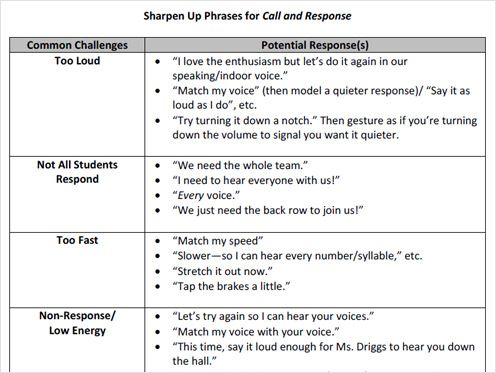
A person, speaking out, begins to see possible ways out of a problem situation.
- Visible decrease in the intensity of negative experiences.
The rule here is that grief, shared with someone, becomes twice as easy, and joy becomes twice as much. If a person begins to talk more about himself or about a problem that interests him, this is another indicator of the effectiveness of active listening.
Active listening types
Non -reflexive hearing
Support for conversation using short sound inserts or phrases (yes ..., uhhh ...., etc.)
Reflective hearing
In the process we reflect it the content of the client's story and his feelings.
The presentation is available by clicking the DOWNLOAD button
LISTEN TO YOUR INTERVIEWERS!!!
7 active listening techniques
In this post, we have put together several things: descriptions of active listening techniques (test yourself if you know and use everything), video clips from feature films in which one of the characters makes great use of active listening techniques, as well as assignments for them.
Everyone understands that active listening means the ability to listen and hear the interlocutor. But does everyone know how to masterfully use it? Let's check.
1. Open questions
By asking open questions, you can get as much information from the client as possible and clarify their needs. Open-ended questions begin with the words "what", "how", "why", "what", etc. This encourages the client to give detailed answers (as opposed to closed questions, which can only be answered with a clear answer: “yes”, “no”).
Examples
- Which product features are important to you?
- What do you mean when you talk about..?
- Why is this important to you?
2. Clarification
The name speaks for itself - this technique helps to clarify whether you have understood the information correctly, to clarify the details of the question. You are simply asking the client to clarify things that are important to you.
Examples
- Please tell us more about…
- Could you elaborate on what… means to you?
- I understand you correctly, you are talking about ...
Terms
Active listening is a communication technique in which the role of the listener is to support the speaker.
Open-ended question - a question that cannot be answered "yes" or "no", a detailed answer is expected.
Attachments are sales replies that allow him to start a conversation with a customer.
3. Empathy
Empathy, or reflection of emotions, is establishing contact with a client on an emotional level. The reception allows you to create an atmosphere of confidential communication and show respect for the feelings of the interlocutor.
If during a conversation with a client you catch his emotions, you adjust to his emotional state and either strengthen his feelings or brighten them up, directing the flow of the conversation.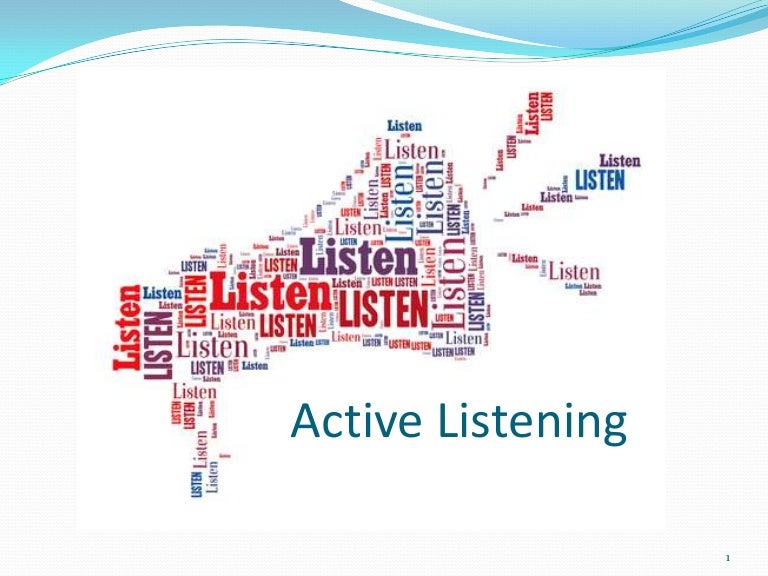
Examples
- I understand your feelings and can help you solve this problem.
- I see that you have doubts.
- Looks like this is an important event for you.
4. Paraphrasing
Paraphrasing allows you to better understand the interlocutor's thought, clarify information on individual issues, and move the conversation in the right direction. The reception consists in a brief transfer of the information that you heard from the client.
Examples
- In other words, do you think that…
- Do you mean...
- So you're talking about...
5. Echo
This technique consists in verbatim repetition of the phrases that the interlocutor said. It helps to clarify information from the interlocutor and focus on individual details of the conversation. Thus, the client begins to formulate his thoughts more clearly, facilitating the task of clarifying needs.
Examples
— Do you have yellow diaries?
- Yellow diaries? Do you need dated or not?
- Dated.
- There are dated ones!
6. Logical consequence
The essence of the technique is to draw a logical consequence from the client's statements. It will be better if you use the client's wording when building a phrase. Its purpose is the same as the previous one - to clarify information and highlight details. You can also use the technique as a link before moving on to the presentation.
Examples
- Based on your words, then…
- I understand you correctly, you need...
7. Summary
At the end of the conversation, you sum up and summarize the agreements. The reception allows you to summarize and clarify the important issues raised in the conversation, consolidate the agreements and move on to the next stage of negotiations - the conclusion of the deal.
Examples
- Summing up our meeting, we can agree on…
- So, we found out that the following criteria are important for you ...
- Summarizing what you said, we can conclude .
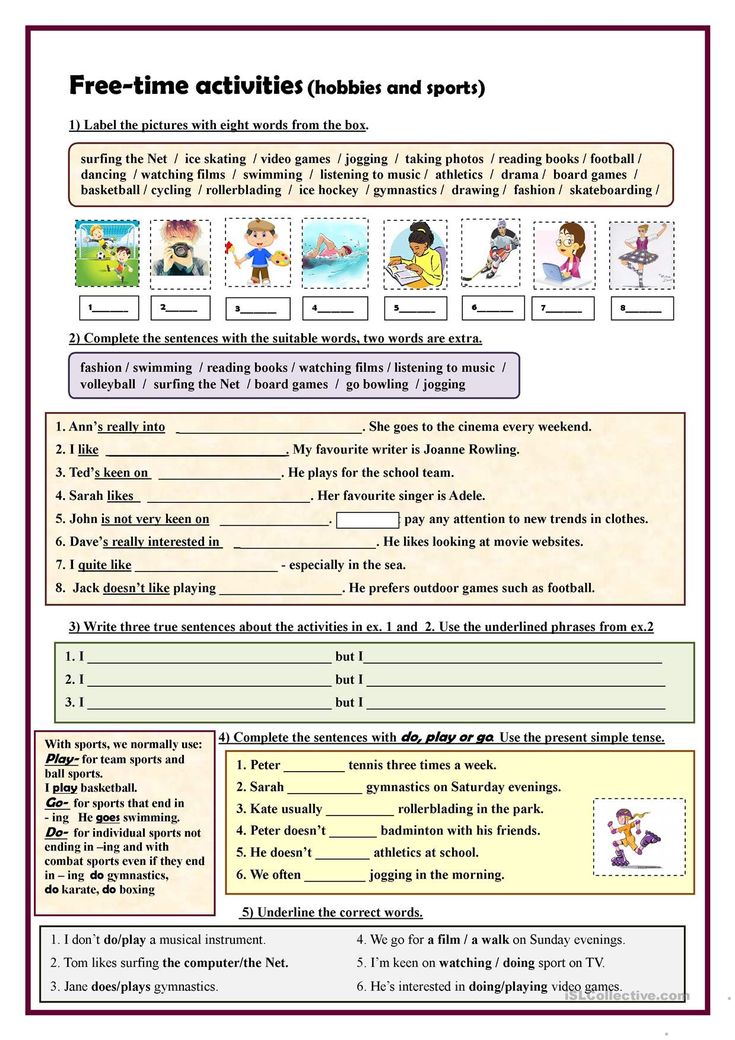
Learn more

